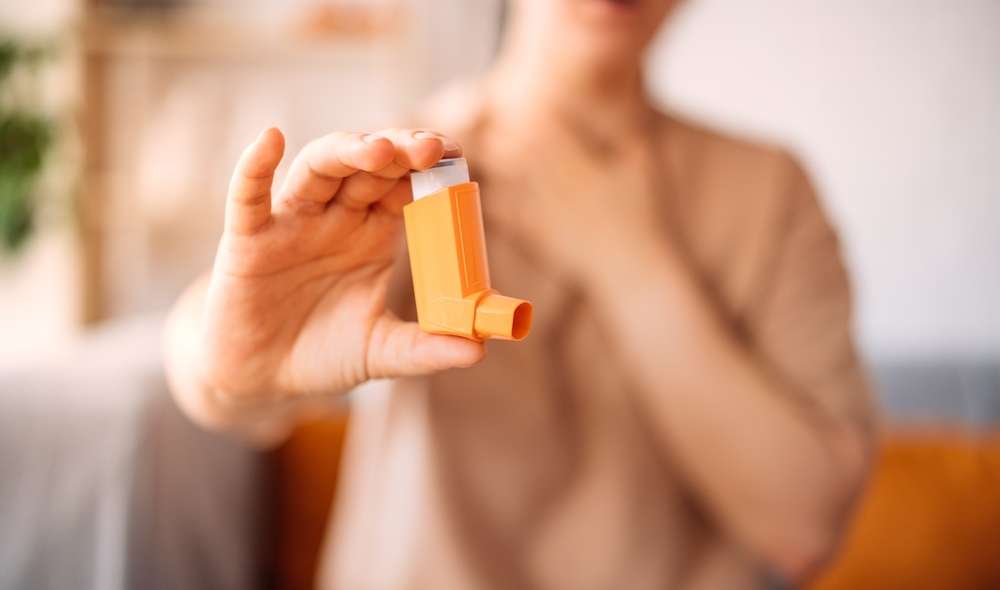Discover the Benefits of COPD Inhaled Triple Therapy
COPD Inhaled Triple Therapy offers a powerful treatment option for those managing chronic obstructive pulmonary disease. Combining three different medications into one inhaler, this therapy is designed to help reduce symptoms and improve lung function. Learn how it can support your journey towards better respiratory health.

What is COPD inhaled triple therapy?
COPD inhaled triple therapy is a comprehensive treatment approach that combines three different types of medications in one inhaler. These medications typically include:
-
A long-acting beta-agonist (LABA) to relax and open airways
-
A long-acting muscarinic antagonist (LAMA) to reduce mucus production and further open airways
-
An inhaled corticosteroid (ICS) to reduce inflammation in the lungs
By delivering these three medications simultaneously, triple therapy aims to address multiple aspects of COPD, providing more effective symptom relief and lung function improvement than single or dual therapies.
How does triple therapy improve lung function?
Triple therapy works synergistically to improve lung function in COPD patients. The LABA and LAMA components work together to relax and open the airways, making it easier to breathe. This bronchodilation effect can lead to improved airflow and reduced breathlessness. Meanwhile, the ICS component helps to reduce inflammation in the lungs, which is a key factor in COPD progression.
Studies have shown that patients using triple therapy often experience significant improvements in lung function, as measured by forced expiratory volume in one second (FEV1). This improvement in lung function can translate to better breathing capacity and increased ability to perform daily activities.
What are the key benefits of COPD inhaled triple therapy?
COPD inhaled triple therapy offers several important benefits for patients:
-
Reduced exacerbations: Triple therapy has been shown to significantly reduce the frequency of COPD exacerbations, which are sudden worsening of symptoms that can lead to hospitalization.
-
Improved quality of life: By effectively managing symptoms, patients often report better overall quality of life and increased ability to engage in daily activities.
-
Simplified treatment regimen: Using a single inhaler for three medications can make it easier for patients to adhere to their treatment plan.
-
Enhanced symptom control: The combination of medications provides comprehensive symptom relief, addressing multiple aspects of COPD simultaneously.
-
Potential for reduced healthcare utilization: With better symptom control and fewer exacerbations, patients may require fewer emergency room visits or hospitalizations.
Who is a good candidate for COPD inhaled triple therapy?
Triple therapy is typically recommended for patients with moderate to severe COPD who continue to experience symptoms or exacerbations despite using dual therapy (LABA/LAMA or LABA/ICS). Your healthcare provider will assess your individual case to determine if triple therapy is appropriate for you. Factors they may consider include:
-
The severity of your COPD symptoms
-
Your history of exacerbations
-
Your current medication regimen and its effectiveness
-
Your lung function test results
-
Any other underlying health conditions you may have
It’s important to note that triple therapy may not be suitable for everyone, and your doctor will carefully weigh the potential benefits against any risks.
What are the potential side effects of COPD inhaled triple therapy?
While triple therapy can be highly effective, it’s important to be aware of potential side effects. Some common side effects may include:
-
Oral thrush (fungal infection in the mouth)
-
Hoarseness or voice changes
-
Increased risk of pneumonia
-
Bruising or thinning of the skin
-
Elevated heart rate
-
Tremors or shakiness
These side effects are generally manageable, and many patients find that the benefits of triple therapy outweigh the risks. However, it’s crucial to discuss any concerns or side effects with your healthcare provider to ensure the treatment remains appropriate for you.
How does triple therapy compare to other COPD treatment options?
Triple therapy represents an advanced option in the COPD treatment landscape. Here’s a comparison of triple therapy with other common COPD treatments:
| Treatment Option | Components | Key Benefits | Potential Drawbacks |
|---|---|---|---|
| Triple Therapy | LABA + LAMA + ICS | Comprehensive symptom control, reduced exacerbations | Potential for more side effects, higher cost |
| Dual Therapy (LABA/LAMA) | LABA + LAMA | Improved bronchodilation, no steroid-related side effects | May not address inflammation adequately |
| Dual Therapy (LABA/ICS) | LABA + ICS | Bronchodilation and anti-inflammatory effects | Less effective for some patients than triple therapy |
| Monotherapy | Single medication (LABA, LAMA, or ICS) | Simpler regimen, fewer side effects | May not provide adequate symptom control for moderate to severe COPD |
Prices, rates, or cost estimates mentioned in this article are based on the latest available information but may change over time. Independent research is advised before making financial decisions.
COPD inhaled triple therapy offers a powerful treatment option for those managing chronic obstructive pulmonary disease. By combining three different medications into one inhaler, this therapy is designed to help reduce symptoms, improve lung function, and enhance overall quality of life for COPD patients. While it may not be suitable for everyone, triple therapy represents an important advancement in COPD management, providing hope and improved respiratory health for many individuals struggling with this chronic condition.
This article is for informational purposes only and should not be considered medical advice. Please consult a qualified healthcare professional for personalized guidance and treatment.






